
Gladys Louise Smith, known professionally as Mary Pickford, was a Canadian actress resident in the U.S., and also producer, screenwriter, and film studio founder. She was a pioneer in the American film industry, with a Hollywood career that spanned five decades.

William Desmond Taylor was an Anglo-Irish-American film director and actor. A popular figure in the growing Hollywood motion picture colony of the 1910s and early 1920s, Taylor directed fifty-nine silent films between 1914 and 1922 and acted in twenty-seven between 1913 and 1915.

Mary Miles Minter was an American actress, and one of the leading ladies who established the early Hollywood star system. She appeared in 53 silent films from 1912 to 1923.
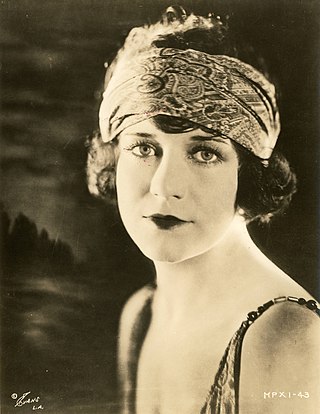
Viola Dana was an American film actress who was successful during the era of silent films. She appeared in over 100 films, but was unable to make the transition to sound films.

Viola Emily Allen was an American stage actress who played leading roles in Shakespeare and other plays, including many original plays. She starred in over two dozen Broadway productions from 1885 to 1916. Beginning in 1915, she appeared in three silent films.

Fritzi Brunette was an American actress.

Pauline Curley was a vaudeville and silent film actress from Holyoke, Massachusetts. Her film career spanned much of the silent era, from 1915 to 1928.
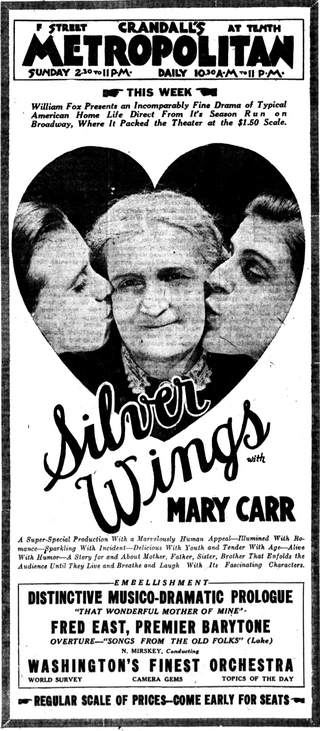
Silver Wings is a 1922 American drama film directed by Edwin Carewe and John Ford. Ford directed only the prologue of the film.

Always in the Way is a 1915 American silent drama film directed by J. Searle Dawley and starring Mary Miles Minter. The film, which was inspired by the song of the same name by Charles K. Harris, was partially filmed in the Bahamas. As with many of Minter's features, the film is thought to be a lost film.

The Innocence of Lizette is a 1916 American silent comedy-drama film directed by James Kirkwood and starring Mary Miles Minter. It is one of approximately a dozen of Minter's films which are known to have survived. The film was restored in the Netherlands in 2004 and was shown at several European film festivals along with A Dream or Two Ago, another Minter feature from 1916.

Powers That Prey is a 1918 silent comedy-drama film directed by Henry King and starring Mary Miles Minter, with whom King stated that he enjoyed working. The film is based on a story called Extra! Extra! by Will M. Ritchey, which was also the working title of the film. As with many of Minter's features, it is thought to be a lost film.

Alice in Wonderland is a 1915 American silent film adaptation of Lewis Carroll's classic 1865 novel, Alice's Adventures in Wonderland, directed and written by W. W. Young and starring Viola Savoy as Alice.
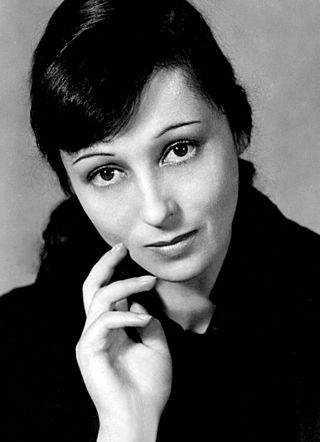
A Kiss for Cinderella is a play by J. M. Barrie. It was first produced in London at Wyndham's Theatre on March 16, 1916, starring Gerald du Maurier and Hilda Trevelyan, enjoying great success over 156 performances, and with several annual Christmastime revivals.
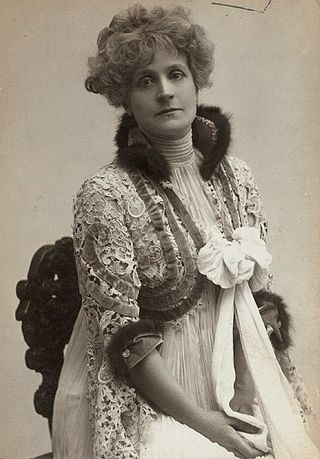
Henrietta Foster Crosman was an American stage and film actress.
In the Name of the Law is a 1922 American silent melodrama directed by Emory Johnson with Dick Posson acting as assistant director. FBO released the film in August 1922. The film's "All-Star" cast included Ralph Lewis, Johnnie Walker, and Claire McDowell. The cast also included Johnson and his wife, Ella Hall. Emilie Johnson, Johnson's mother, wrote both the story and screenplay. In the Name of the Law was the first picture in Johnson's eight-picture contract with FBO.
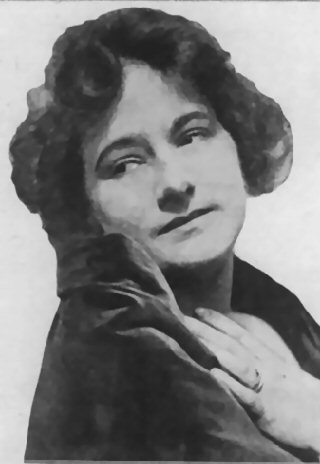
Edna Marie Flugrath was the eldest of three sisters who found fame as silent film stars.

Yvonne from Paris is a 1919 American silent comedy film directed by Emmett J. Flynn and starring Mary Miles Minter, Allan Forrest, and Vera Lewis. It was Minter's last film with the American Film Company; she signed a contract with Realart, part of Famous Players–Lasky, in June 1919.

Viola Alberti was an American actress of the silent era known for being the first actress to play Betsey Trotwood in film - namely in the 1911 version of David Copperfield.

Somebody's Mother is a 1926 American silent drama film directed by Oscar Apfel and starring Mary Carr, Rex Lease, and Kathryn McGuire.
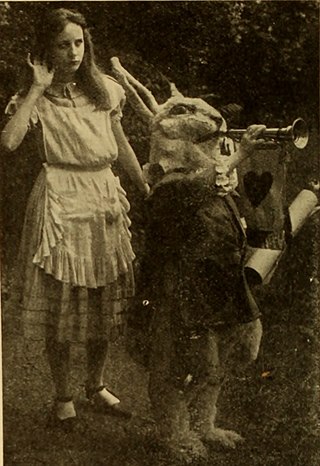
Viola Savoy was an American actress of the silent era remembered today for her early film interpretation of the title role in Alice in Wonderland (1915).




















